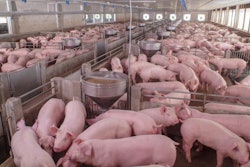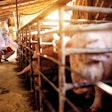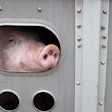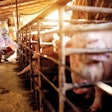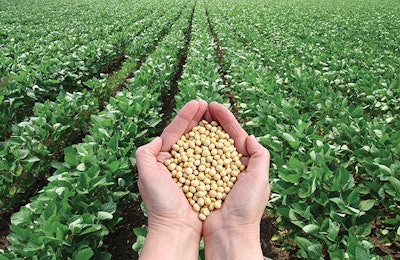
Recovery from ASF, trade war won’t be enough to reverse soybean price decline, USDA says
Soybean prices aren’t likely to see a full recovery this year, despite increases in demand thanks to the recovery from African swine fever (ASF), last year’s trade wars, and even the novel coronavirus (COVID-19) pandemic, according to the U.S. Department of Agriculture (USDA).
The federal agency’s first stab at projecting next year’s soybean prices puts the value of this fall’s soybeans at $8.20 per bushel, down about 30 cents from last year. Soybean meal will cost an estimated $290 per short ton, down $10, and soybean oil prices are forecast to rise about .5 cents to 29 cents per pound.
Soybean demand is projected to grow faster than production this year, according to the USDA, but the recovery won’t overcome the large stocks leftover from from prior years’ sluggish sales and this year’s slowing economy.
“My personal opinion is that prices will remain relatively flat,” said David Holzgraefe, an independent nutrition consultant. But soybeans, he said, will likely recover their value faster than corn due to the loss of demand from the ethanol industry.
Despite low prices all around, Holzgraefe said the economics may spur some grain farmers to opt for soybeans this year. Soybeans cost less to produce, and are more likely to see an uptick in value this year because they are free from the current challenges in the ethanol industry.
Whether any gains are actually realized, Holzgraefe said, will largely depend on how fast global livestock production recovers from ASF.
Some soybean producers also hope to see an uptick in demand thanks to COVID-19, which made synthetic amino acids more difficult to come by. Chris Wilkins, head of operations at agricultural biotechnology company Benson Hill, said it opted to increase its soybean production by a factor of six in anticipation of increased demand for a reliable source of higher-quality, natural protein.
“What we’re trying to do is bring things to market along the lines of protein that consumers are looking for and that processors need,” Wilkins said. “We’ve had a lot of interest from customers.”
But the timing of COVID-19 means most grain producers were unable to pivot, according to Greg Vincent, a consultant to the United Soybean Board. By the time the pandemic broke out in full force, most producers had already committed to their planting decisions. As a result, he said, soybean and corn acreages will likely reflect last year’s trends despite the chance that COVID-19 and other factors could favor more soybeans over corn.
“COVID is not going to have a huge impact on acres this year, because most decisions were made by the time we saw things shaking loose on the ethanol side,” he said. “Historically, corn has been a better opportunity for profitability.”
If markets do improve for soybeans faster than corn, Vincent said, farmers will eventually put more acres into soybeans, but “a lot of that will hinge on what happens with livestock markets and how quickly the ethanol market comes back.”

